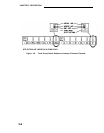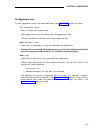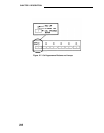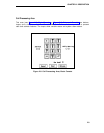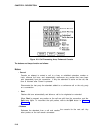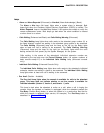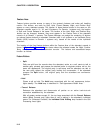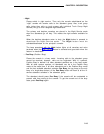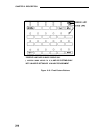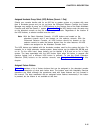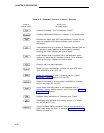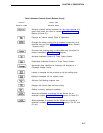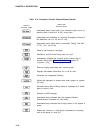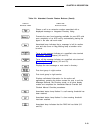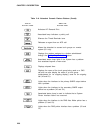
CHAPTER 2. DESCRIPTION
• Night
Places switch in night service. Then only the console administered as the
“night” console will receive calls to the attendant group. Also, trunk group
calls (other than calls on trunk groups with individual Trunk Group Night
Service) will go to their assigned night destination.
The primary and daytime consoles are placed in the Night Service mode
when the attendants go off duty. This makes the night console available for
calls.
When the daytime attendants return to duty, the Night button is pressed to
deactivate the Night Service mode.
The Night button must be
activated/deactivated at the principal’s console.
The lamp associated with the Night button lights at all consoles and voice
terminals when the Night Service feature is activated and goes dark when the
feature is deactivated.
• Pos Busy (Position Busy)
Places the console in a busy mode. Incoming calls to the attendant group
cannot be received; however, calls can be originated. With V1 systems,
Position Busy is denied if all other attendant positions are in the busy mode.
With all other system versions, all attendants can be in the Position Busy
mode at the same time. If all other attendants are in the Position Busy mode
and the last available attendant activates Pos Busy, the top lamp (or the only
lamp of a single-lamp button) of the Pos Busy button will flash at all the in-
service attendant consoles in the attendant group.
The attendant should press Pos Busy if the console will be unattended to
prevent calls from routing to the console. To get the console out of the busy
state, press Pos Busy again.
2-13




